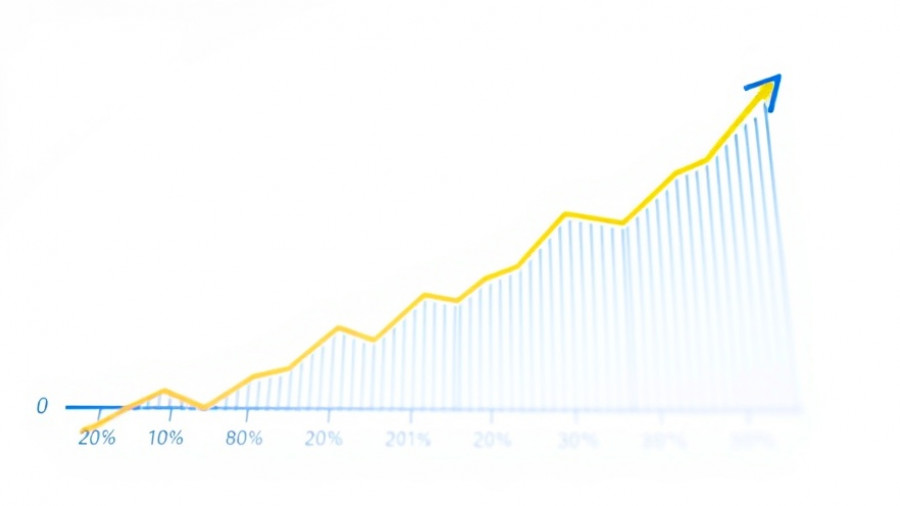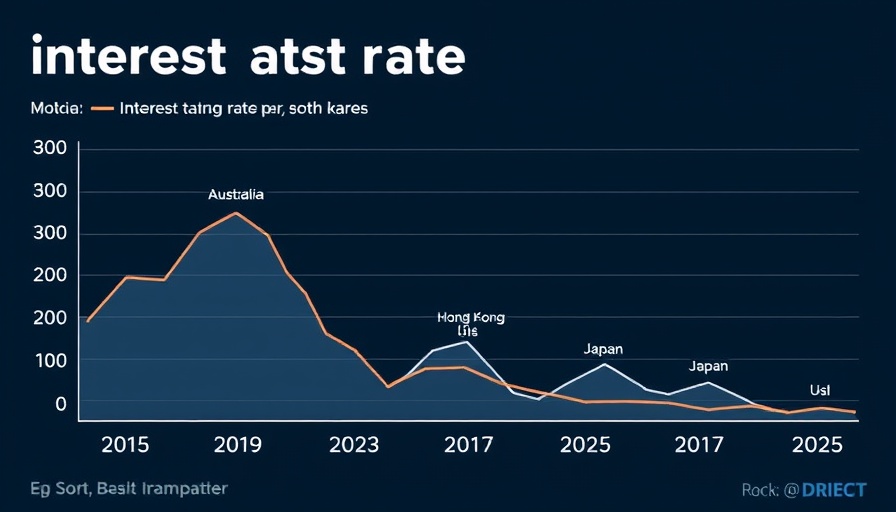
The Easing Chapter: U.S. Renters Finally Experience Price Relief
For the first time in four years, U.S. renters are witnessing a significant drop in rental prices, a welcome change amidst an ongoing crisis of affordability that has characterized the housing market throughout the pandemic and beyond. Recent data from Zillow unveils the story of shifting dynamics in the rental landscape, indicating a new phase of opportunity for both tenants and landlords.
Understanding the Supply-Demand Equation in Rental Markets
Intensified apartment construction has led to an increased supply of rental units, responding to the high demand that surged during the pandemic years. In fact, 2024 saw the most multifamily units completed in a 50-year span, addressing the stark housing shortages from previous years. According to Orphe Divounguy, Zillow's senior economist, this influx of new development is starting to visibly impact rent prices. Areas where construction kept pace with demand have begun to see affordability improvements, particularly in the Southern U.S., where zoning regulations are generally more favorable for builders.
The Standstill of Rent Prices: A Statistical Perspective
Nationally, average rent growth has slowed remarkably, with rents rising only 1.7% year-over-year as of September 2025, representing one of the lowest growth rates since 2021. This statistic reveals a stark contrast to the aggressive annual increases witnessed in 2021 and 2022, when rental prices soared as demand outstripped supply. Presently, a staggering 37.3% of rental listings are now including enticing landlord concessions, such as months of free rent or waived parking fees. This trend marks a record high, showcasing the adaptive strategies landlords are employing to attract tenants in a competitive market.
Regional Disparities: The Uneven Benefits of Price Easing
While the broad outlook for rental affordability is improving, it certainly isn't uniform across the country. Data reveals that renters in various Sun Belt and Mountain West markets are enjoying decreases in rent, such as in Austin, TX, (-4.7%) and Denver, CO, (-3.4%). Conversely, cities bolstered by limited supply, like San Francisco and Chicago, are continuing to see rental growth, indicating localized disparities that renters need to be mindful of. These differences heretofore could influence the decision-making process for prospective renters and current landlords seeking to maintain their investments.
The Role of Technology in Property Management Trends
The changing conditions in the rental market are further enhanced by the rise of technology in property management. Automation and property management tools are reshaping how landlords operate, making rent collection more efficient and reducing overhead costs. A recent survey indicated that nearly 93% of property managers adopted at least one form of technology, showcasing a significant shift towards data-driven decision-making that can enhance operational efficiency and tenant satisfaction.
Implications for Property Owners and Investors
For residential and commercial property owners, these market trends present both challenges and opportunities. Investors must evaluate their portfolios with a mindset attuned to shifting market conditions. The current affordable rental climate indicates a crucial moment for rental property owners to reassess their pricing strategies—especially in high-demand areas where they can still command premium pricing. Building relationships with tenants through concessions, transparent communication, and responsiveness can help create a sustainable tenant base.
What's Next? The Future of U.S. Rental Markets
As we look towards the future, many industry analysts predict continued fluctuations in rental prices, especially as winter approaches where seasonal trends typically reveal lower rental competition. This may lead to further rent adjustments or incentive offerings by landlords as they navigate occupancy challenges. Therefore, landlords are encouraged to stay ahead by leveraging local market insights, ensuring their offerings remain competitive while maintaining profitability.
In summary, the resurgence of favorable rental conditions for tenants is a welcomed reprieve amid an ongoing national housing crisis. For property owners, the evolving landscape calls for strategic approaches to pricing and management in order to remain competitive while adhering to tenant demands. Understanding the overall market’s trajectory will be essential for both renters seeking affordability and landlords aiming to optimize their investments.
 Add Row
Add Row  Add
Add 




Write A Comment